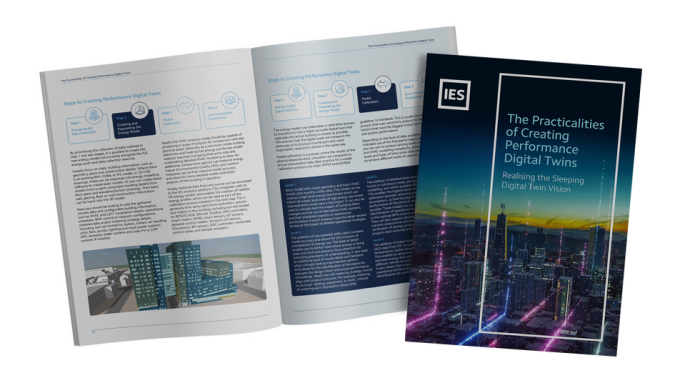Like many companies Atkins, a member of the SNC-Lavalin group, is investing heavily in digital transformation and we all know that skills are a key enabler. We wanted to be clear about the skills needed by our workforce to be able to deliver digitally. The starting point was finding out what digital skills we have in the company. Then we could identify gaps and how we might bridge them.
But what are digital skills…and how do we measure them?
As we pondered this, we realised that there were many, many challenges we would need to address. Atkins is a ‘broad church’ comprising many professionals and technical specialisms. Digital transformation is challenging the business in many different ways. Articulating a single set of digital skills that reflects needs across the business is complicated by language, terminology and digital maturity. Furthermore, unlike corporate engagement surveys, there is no established industry baseline that we can use to benchmark our corporate digital skills against. To evaluate a skills gap would require an estimate of both the quantity and types of skills that will be required in the future – something that is far from certain given our industry’s vulnerability to disruption.
We knew we were trying to grasp something universal and not sector or domain specific, so this is the definition we decided to use: Digital skills enable the individual to apply new/digital technology in their professional domain.
That left the question around how we measure Digital Skills.
We did some research and explored several frameworks including Skills For the Information Age (SFIA), the EU Science Hub’s DigiComp and the DQ Institute’s framework. As we were doing this, we became aware that the CDBB Skills and Competence Framework (SCF) was being launched and we immediately sensed it could be just what we were looking for.
Why? Apart from being right up to date, it has a simple and straightforward structure and is capable to be tailored for an organisation. The proficiency levels are very recognisable – Awareness, Practitioner, Working and Expert – and it is in the public domain. But most importantly it seemed like a good fit because most of what we do at Atkins is in some way related to infrastructure and therefore is within the domain of digital twins.
But we needed to test that fit. Our hypothesis was “…that the CDBB SCF had sufficient skills to represent the ability of our staff”. We tested this with a survey, interviews, and a series of workshops.
In the survey we looked at how individuals from different groups in the company (differentiated by their use of technology) understood the 12 skill definitions and the extent to which they needed and used each skill in their day-to-day role. We also explored whether there were other digital skills that respondents felt were not recognised by the framework. We followed up the survey with interviews to clarify some of the responses and then used workshops to play back our findings and sense-check the conclusions.
Our overall conclusion was that we had good evidence to support our hypothesis, i.e. that the CDBB SCF was a good fit for our workforce. However, we realized we would need to bring the indicators to life so that users could relate them to their roles, particularly with people at the Awareness and Working Levels. This is not unexpected. Generally, people with lower levels of competence don’t know what they don’t know.
Another conclusion was that we needed a fifth, null competency indicator to recognise that not everyone needs to know about everything.
In terms of next steps, we are working with a supplier to develop an online assessment tool so that we can apply the framework at scale. We have rewritten the skills definitions and competence indicators to omit any reference to the NDT programme etc. although these were very minor changes.
We are working on ways to bring the skill level indicators to life for our employees e.g. through guidance materials, FAQs etc. We’re also developing an initial ‘rough and ready’ set of learning materials related to each of the digital indicators at Awareness and Practitioner levels. We expect the CDBB’s Training Skills Register to feature prominently in this!
Some of things we have parked for the moment are: (1) Moderation and accreditation of the assessments. Our first wave will be self-assessed only, and (2) Integrating the skills into role definitions.
We’re very grateful to CDBB for the timely creation of the SCF and I look forward to sharing our onward journey with the DT Hub community.



Leave a comment